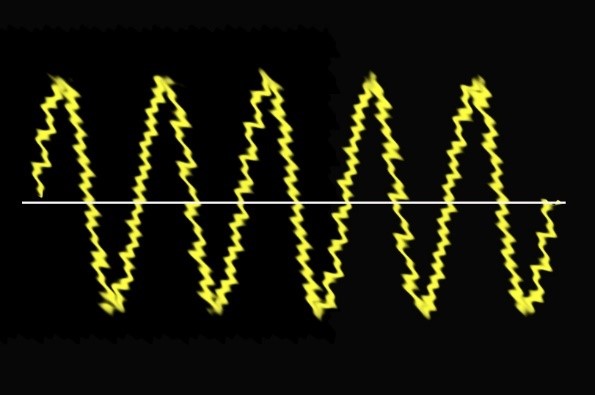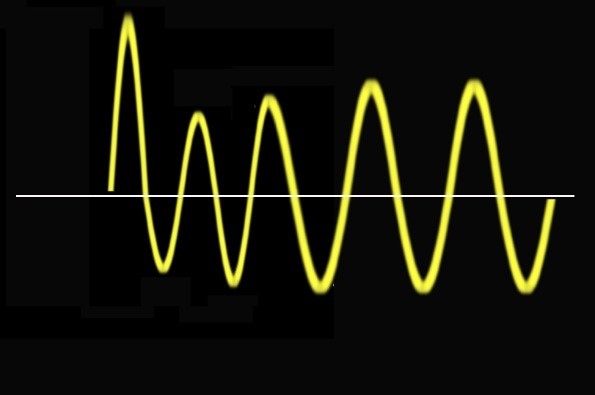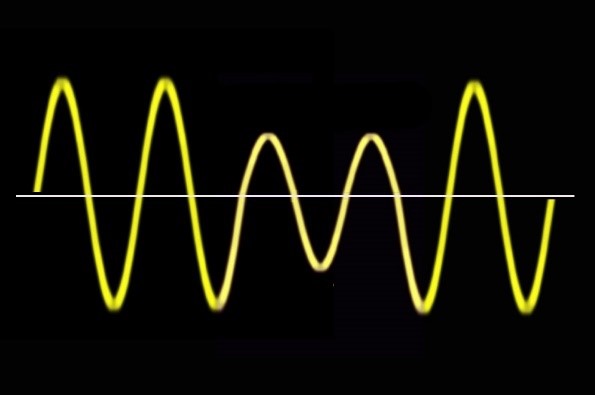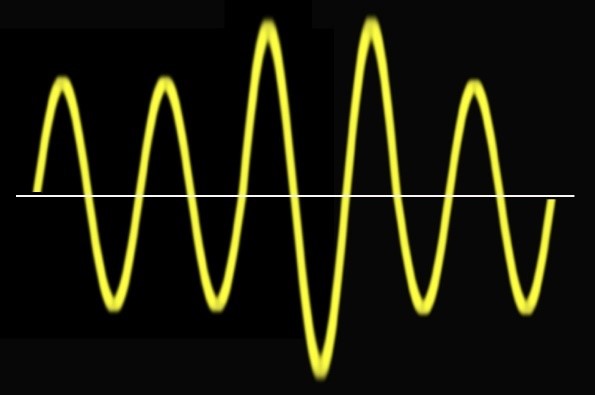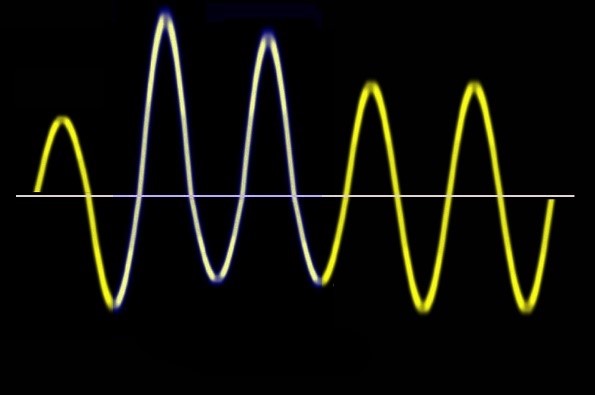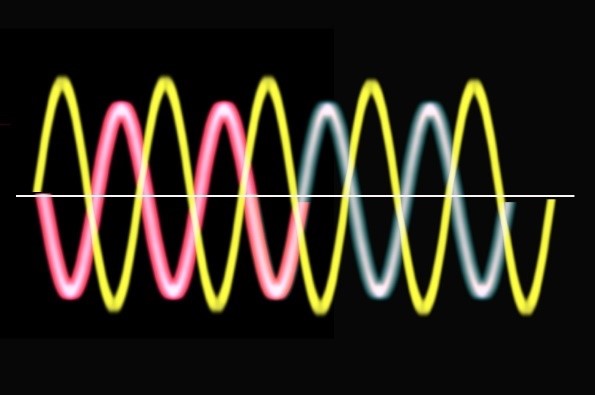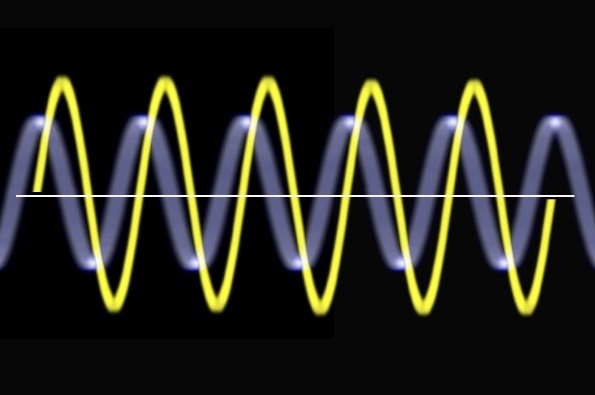- Clips power spikes and lower your maximum demand
- Mitigates the harmonics in the building from external and internal sources
- Balances voltage between phases
- Suppresses voltage sags and swells optimizing electrical voltage to equipment
- Improves the power factor reducing charges in certain buildings
- The BPU provides lightning protection for your building
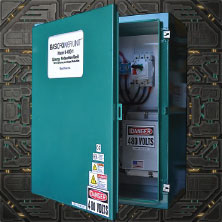
The BPU™ senses and corrects anomalies in the electrical service arising from the utility supplied electrical service and power quality issues created within your building to make your electrical power very efficient.
The BPU™ clips the energy spikes that are generated when equipment is switched on to reduce your “Peak Demand” which your utility company uses as a benchmark rate when billing you.
The BPU™ reduces harmonic distortion within your electrical service and recycles this energy back into useful power.
The BPU helps balance electrical phases allowing motors and systems to run cooler and smoother reducing equipment maintenance and increasing system lifespan.
The BPU™ suppresses sags and surges and optimizes the electrical voltage entering your building.
The BPU™ is proven technology, check out how the BPU™ is working in different buildings.
News Video
